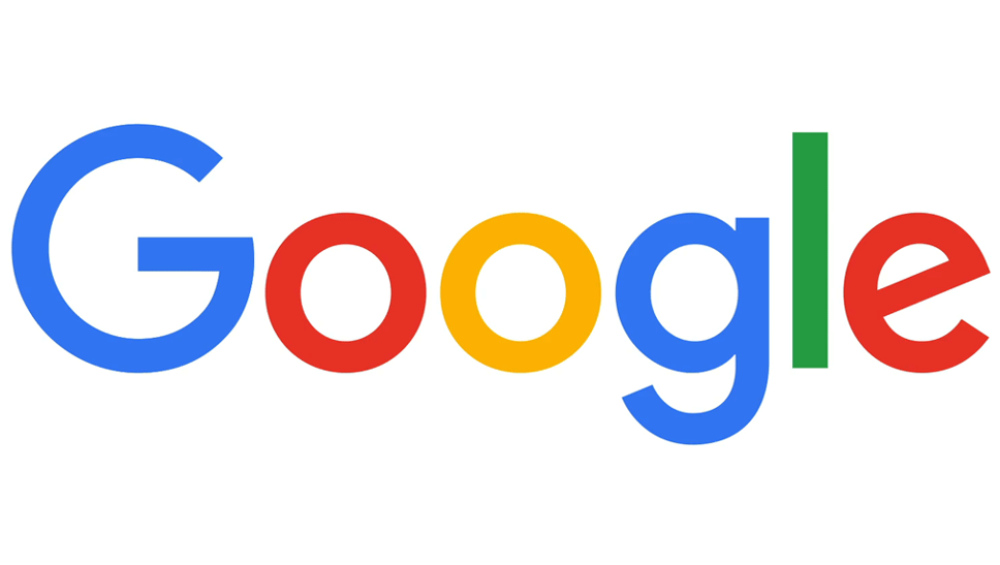How Did the Removal of Right Hand Ads Impact UK Advertisers?
19 Oct 2016

This February, Google announced the retirement of right hand side ads on the desktop search engine results page (SERP). Seven months on, we’ve taken a look at the initial impact this has had, in the first of our series on the evolving state of Google’s SERP this year.
What changed?
From late February 2016, Google removed the “right hand rail” of ads on computer SERPs and began serving a maximum of 4 ads above organic lists, and 3 below. This reduced the number of available ad slots on a page from 11 to 7, which was the most significant change to paid search ads on computers in several years.
Overall impression volume has dropped significantly
With four fewer ad slots on the results page, it was expected that impression volume would drop. Our clients’ impression volumes decreased by approximately 35% the week of the removal, due to the decrease in available impressions from “other” (i.e. side and bottom) ad slots. Overall impression volumes for top of page ads remained stable.

Click volume has looked much more stable
Since the change, click volume has been much more stable, with fluctuations in line with what we’d expect each year. Non-top clicks have declined, but the overall contribution to top-level clicks was so small that the impact has been negligible in terms of overall volumes.

Top of page CPC has slowly risen
Although top of page CPC trended downwards as we moved towards the removal of RHS, we saw it trend back upwards once the removal was announced. It may be that this was a delayed response as advertisers reacted to the change and consciously became more aggressive in their bids, creating a more competitive top of page space.
Conversely, non-top CPC has decreased gradually, as the (higher) CPCs from right hand side ads are removed.

CTR by ad position
Looking at CTR 6 weeks before removal, and 6 weeks after, CTR remains fairly stable at the top of the page for positions 1 and 2. The biggest jump is in position 3, which more than doubles in clickthrough rate when right hand ads are removed. This corresponds with the wider findings within the industry; namely that position 3 is the biggest beneficiary of the SERP update.

Impact by Vertical
When breaking down performance by vertical, some stark contrasts emerge between different industries. Impressions drop uniformly across the board, although some see an uplift in click volume - primarily finance, B2B and services clients.
Top of page CPCs rose across the board, bar property, with fashion and services seeing their CPCs jump by 50%. This is despite top of page CTR dropping for many clients as in the same time period, although this is likely due to the inclusion of position 4, whose lower CTR will bring down the average.

Takeaways
Overall, analysis of our data suggests that the removal of right hand side ads has had an impact on the dynamics of the auction. CPCs have risen slightly for many clients in top ad positions, suggesting that competition has increased with the reduced number of ad slots on the SERP. The biggest “winner” appears to be position 3, where CTR has increased significantly since the change.
This is only an early analysis of what has been a significant change in paid search - as the dusts settles and more data is collected, there will no doubt be further insights to take away from post-RHS performance. Stay tuned for a follow up post where we look at longer term trends!
To view this blog written by James Howard, please visit the Periscopix website.

Please login to comment.
Comments